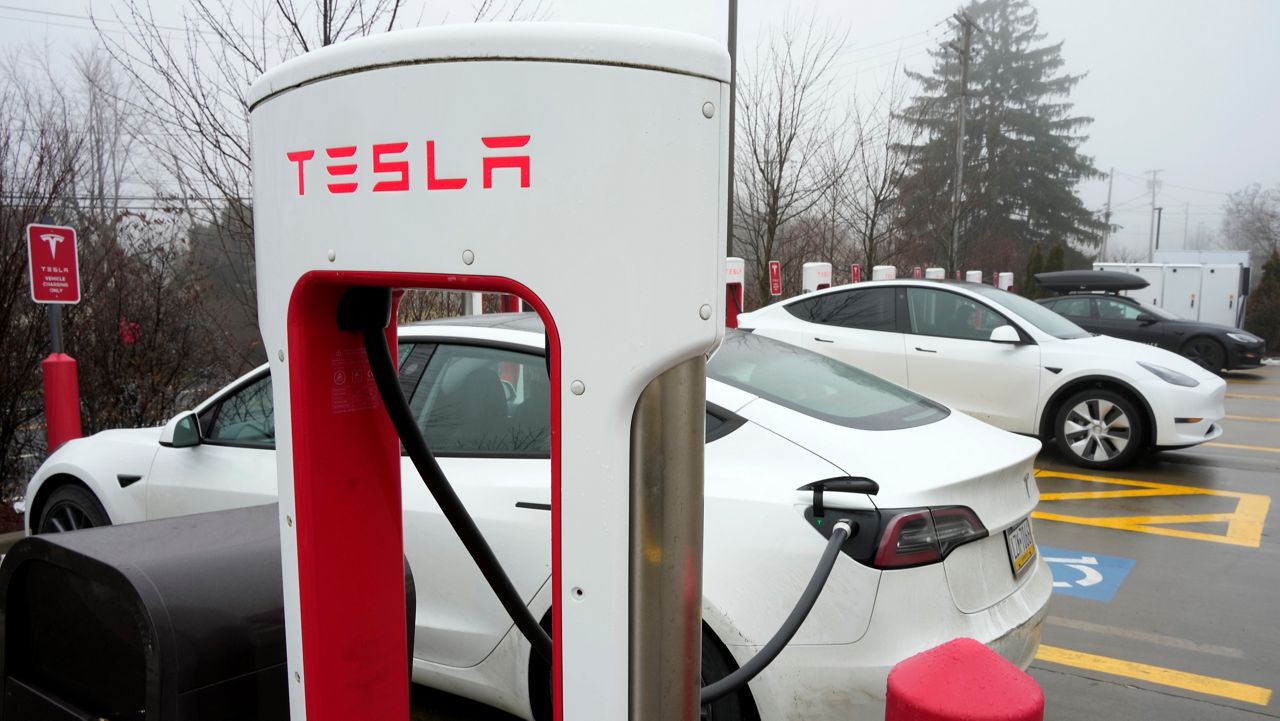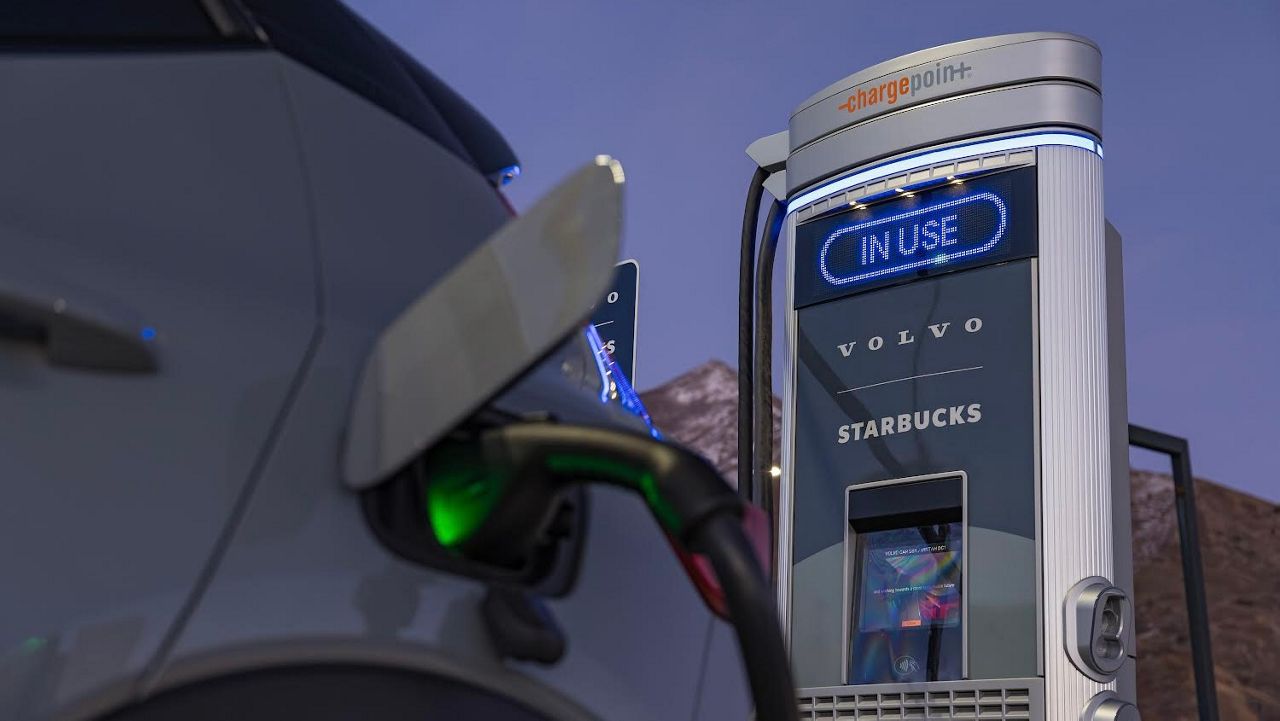The United States will need vastly more electric vehicle chargers to support the transition to zero-emissions driving.
The U.S. Department of Energy’s National Renewable Energy Laboratory estimates the country will need 28 million charging ports by 2030 to refuel the 33 million light-duty electrics that could be on the road by then.
“This transition is unprecedented in the history of the automotive industry and will require support across multiple domains,” including a national charging network, the authors of the NREL’s 2030 National Charging Network report said.
In April, the Biden administration laid out a bold plan to accelerate EV adoption. Under new Environmental Protection Agency rules, two-thirds of all new passenger vehicle sales need to be electric by 2032. EVs are projected to account for about 8% of total new-vehicle sales this year, according to Cox Automotive. Today they make up about 1% of the 284 million vehicles in operation on U.S. roads.
Those vehicles are currently refueled with a mix of private residential chargers and a network of about 150,000 public chargers, according to the Biden administration. Previous estimates from S&P Global Mobility said the country would need about 2.3 million public chargers by 2030 to meet demand — roughly 15 times more than currently exist.
Predicting EV charging infrastructure needs at the national level is “a challenging analytic problem,” the NREL researchers said. To determine those needs, they looked at EV adoption patterns, vehicle technology, residential access, travel profiles and charging behavior.
Their analysis found that most EV buyers before living with their new vehicles want charging that is as fast as possible, but after purchasing their vehicles, they prefer home charging because of its lower cost and convenience. Almost 95% of EV drivers recharge their vehicles at home, according to a new EV owners survey from Plug in America released last month.
A successful charging ecosystem, the researchers said, is a balance of fast charging, convenient destination charging and charging at home.
To support 33 million battery electric vehicles in 2030, that successful ecosystem would consist of 26.8 million privately accessible Level 1 and Level 2 charging ports located at single-family homes, multifamily properties and workplaces; 182,000 publicly accessible fast charging ports along highway corridors and in local communities; and 1 million publicly accessible Level 2 charging ports located near homes and workplaces, including in high-density neighborhoods and at office buildings and retail outlets.
A Level 1 charger operates with a standard 120-volt outlet and is capable of adding about five miles of range per hour. A Level 2 charger requires a 240-volt power source and can add up to 35 miles of range per hour. Level 3, or fast charging, can add up to 300 miles of range in an hour.
The exact mix of chargers needed will vary by community, the report said. While densely populated areas with high percentages of renters will need more investments to support ride-hailing electrification and EV drivers who lack access to residential charging, rural areas will need more fast charging along highways to support long-distance travel.
The NREL researchers envision the different types of charging as a tree, with home charging serving as the hidden but crucial part of the system that enables growth in more visible locations. The trunk is a reliable public fast charging network enabling road trips and supporting EV drivers without residential access. The tree’s branches are destination chargers, which can only grow if other types of charging are available.
The NREL study estimates $53-$127 billion will be necessary to build out the required recharging infrastructure, including $22-$72 billion for privately accessible Level 1 and Level 2 chargers, $27-$44 billion for publicly accessible fast chargers and $5-$11 billion for publicly accessible Level 2 chargers.
The NREL estimates that as of March 2023, $23.7 billion in funding has been announced for publicly accessible light-duty battery electric vehicle charging through the end of the decade, including money from private firms, electric utilities and federal, state and local governments. President Biden’s Bipartisan Infrastructure Law allocates $7.5 billion for EV charging. It has committed to building a national network of 500,000 EV chargers by 2030.
To support the level of EV adoption the Biden administration has called for, “actual charging infrastructure will likely be necessary before demand for charging materializes,” the report said. “Many drivers will need to see charging available at the locations the frequent and along the highways they travel before becoming confident in the purchase of an electric vehicle.”






